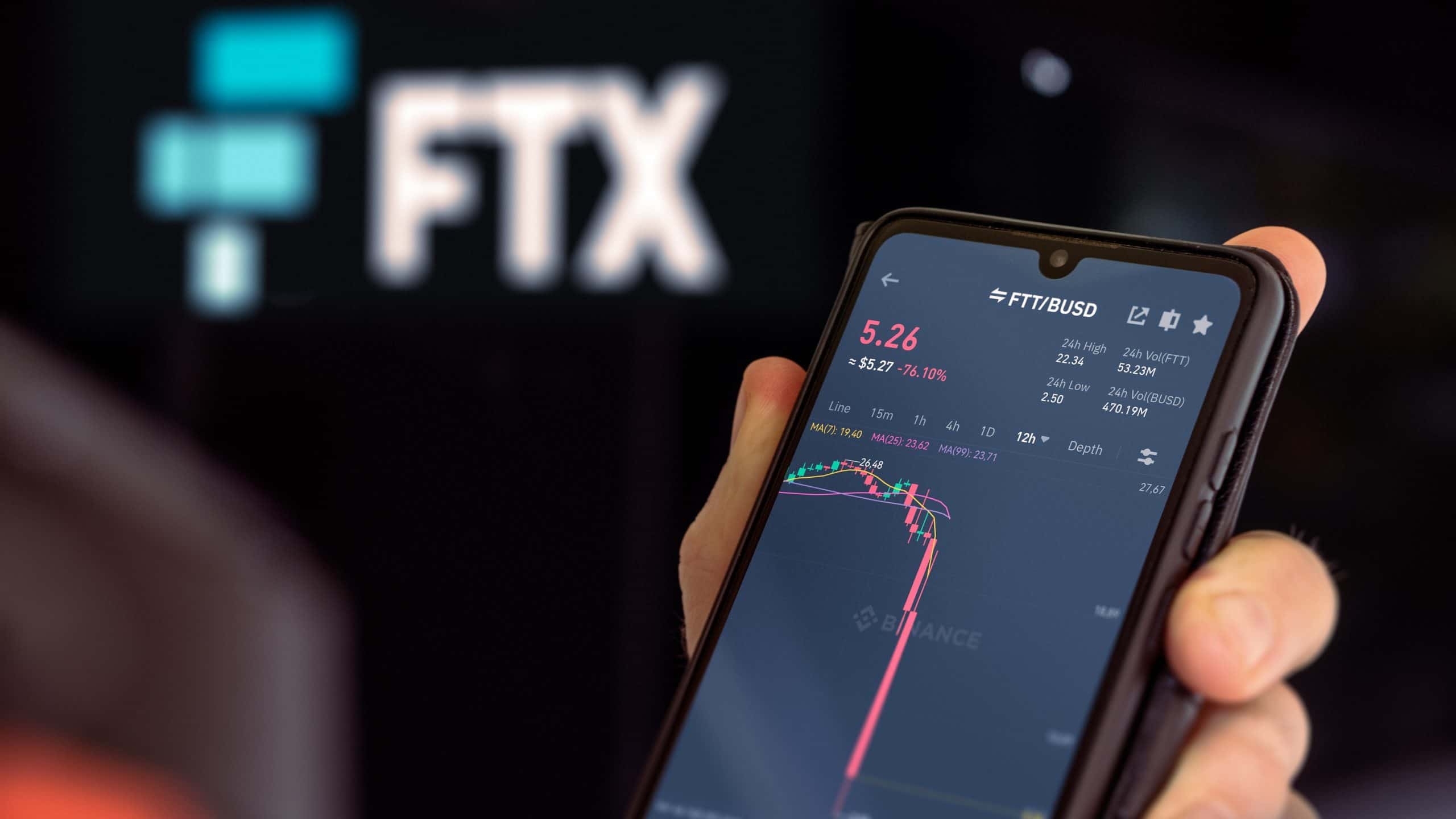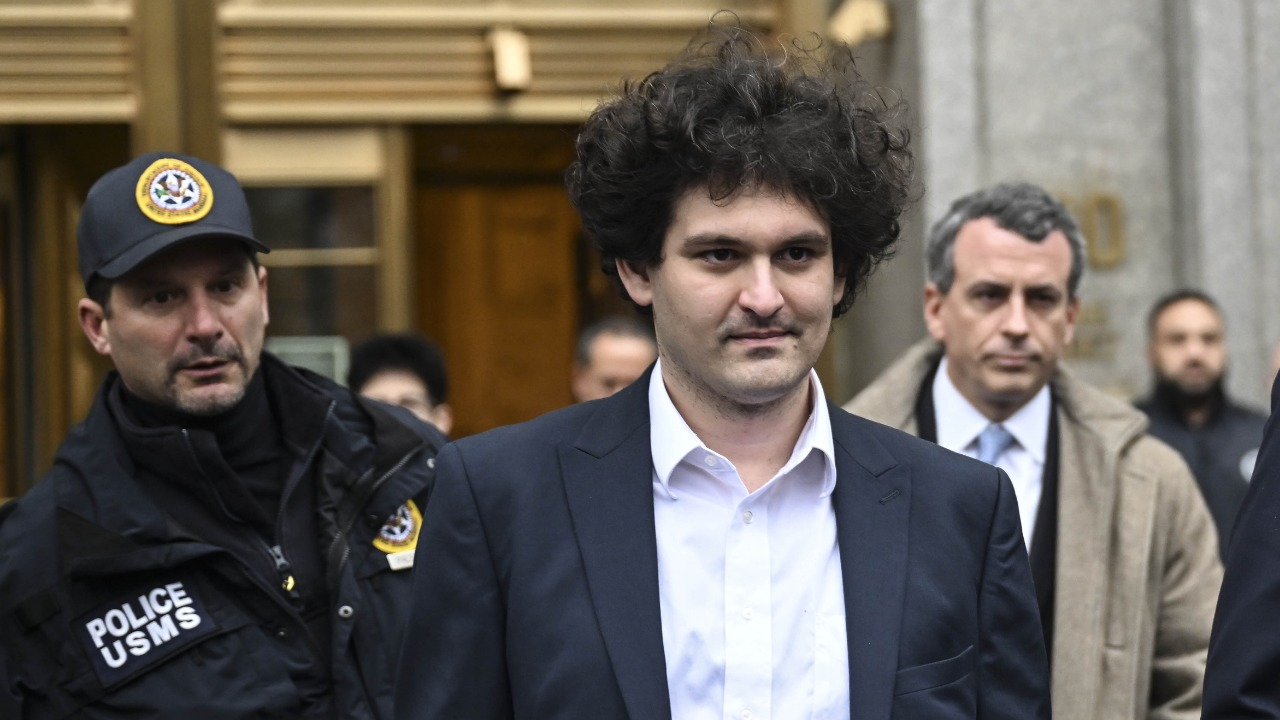FTX was once one of the most successful and influential cryptocurrency exchanges in the world, with a valuation of $32 billion and partnerships with major sports leagues and celebrities. But in November 2022, the exchange collapsed amid a run on deposits, fraud allegations and a bankruptcy filing. To make matters worse, FTX revealed that it had been hacked and lost $415 million worth of crypto assets in unauthorized transactions. How did FTX go from being a crypto giant to a bankrupt disaster? Here is a timeline of the events that led to its downfall.
The rise of FTX
FTX was founded in 2019 by Sam Bankman-Fried, a former Wall Street trader and MIT graduate who moved to Hong Kong to start his own crypto trading firm, Alameda Research. FTX offered customers a variety of products, such as futures contracts, options, leveraged tokens and prediction markets, that allowed them to bet on the price movements of various cryptocurrencies and other assets.

FTX quickly gained popularity among crypto traders, especially those who sought high returns and high risks. FTX also attracted institutional investors, such as SkyBridge Capital and BlockFi, who deposited large amounts of crypto assets on the exchange to earn high yields. FTX also expanded its global presence by launching FTX US, a regulated platform for American customers.
FTX also became known for its aggressive marketing and philanthropy. The exchange sponsored several sports teams and leagues, such as Major League Baseball, the Miami Heat and the e-sports team TSM. FTX also donated millions of dollars to various causes, such as climate change, animal welfare and effective altruism. Bankman-Fried himself became one of the richest people in crypto, with a net worth of over $10 billion at one point. He also became an influential political donor, pledging to spend up to $1 billion in the 2024 election cycle.

The fall of FTX
However, behind the scenes, FTX was facing serious financial and legal troubles. According to federal prosecutors, Bankman-Fried and his associates engaged in a scheme to defraud FTX customers and misappropriate their funds to pay debts at Alameda and make other investments. They also accused Bankman-Fried of violating campaign finance laws by using FTX funds to make political donations.

The scheme allegedly involved using FTX’s internal trading desk, which was supposed to execute customer orders, to manipulate the prices of crypto assets and create artificial profits for Alameda. The scheme also involved transferring customer funds from FTX to Alameda without their consent or knowledge, and using them to cover losses or make risky bets on other crypto projects, such as Solana, a blockchain network that Bankman-Fried heavily promoted.
The scheme began to unravel in November 2022, when FTX faced a liquidity crisis as customers tried to withdraw their funds amid market volatility and rumors of insolvency. FTX was unable to meet the demand, and its platform became inaccessible for several hours. On November 11, FTX filed for Chapter 11 bankruptcy protection, claiming that it had $8 billion in liabilities and only $5 billion in assets. Bankman-Fried resigned as CEO and was replaced by John J. Ray III, a corporate turnaround specialist.

The hack of FTX
A day after the bankruptcy filing, FTX announced that it had detected unauthorized transactions from its accounts, and that it was investigating the possibility of a hack or theft. Crypto researchers documented suspicious transfers of $515 million worth of crypto assets from FTX’s wallets to unknown addresses. Of this amount, $323 million came from FTX’s international exchange and $90 million from its US platform.
FTX said that it was working with law-enforcement officials and regulators to recover the stolen funds and secure the remaining assets. The exchange also said that it had identified significant shortfalls at both its international and US exchanges, but did not provide an estimate of total liabilities.

The aftermath of FTX
The collapse of FTX has had a devastating impact on its customers, investors, partners and employees. Thousands of customers have lost their crypto deposits, some of which were their life savings. Several lawsuits have been filed against FTX and Bankman-Fried, seeking compensation and damages. Some investors, such as Genesis, a trading platform, have also disclosed that they had millions of dollars locked up with FTX.
The collapse of FTX has also affected the crypto industry as a whole, as it has eroded trust and confidence in the sector. The price of Solana, which was closely linked to FTX and Alameda, has plummeted by more than 50% since November. Other crypto projects and platforms that had ties to FTX have also suffered losses or suspended operations.

Bankman-Fried, who was once hailed as a crypto visionary and philanthropist, is now facing criminal charges and civil lawsuits. He was arrested in December 2022 in the Bahamas, where he lived and FTX was based. He was extradited to the US, where he was freed on a $250 million bail package. His bail conditions required that he wear an electronic monitoring bracelet and remain largely confined to the California home of his parents, law professors at Stanford University.
Bankman-Fried has pleaded not guilty to the charges, and has denied any wrongdoing. He has claimed that he did not knowingly commit fraud, and that he was not as competent as he thought he was. He has also said that he regrets the harm he caused to FTX customers and the crypto community.

The future of FTX remains uncertain, as the bankruptcy process continues and the investigation into the hack progresses. The exchange has said that it hopes to restructure its business and resume operations, but it is unclear whether it will be able to do so. The exchange has also said that it will cooperate with authorities and regulators to ensure a fair and transparent outcome for all stakeholders.
FTX was once a shining star in the crypto world, but it has now become a cautionary tale of how greed, fraud and mismanagement can bring down a successful business and harm millions of people.

